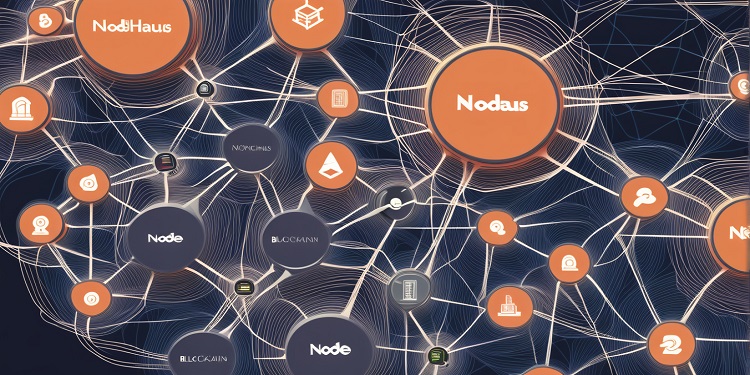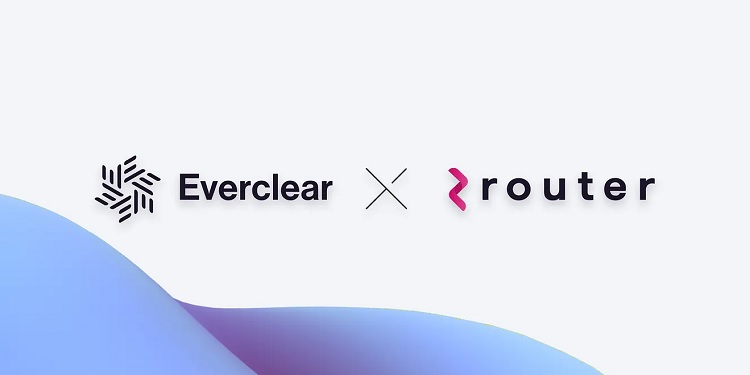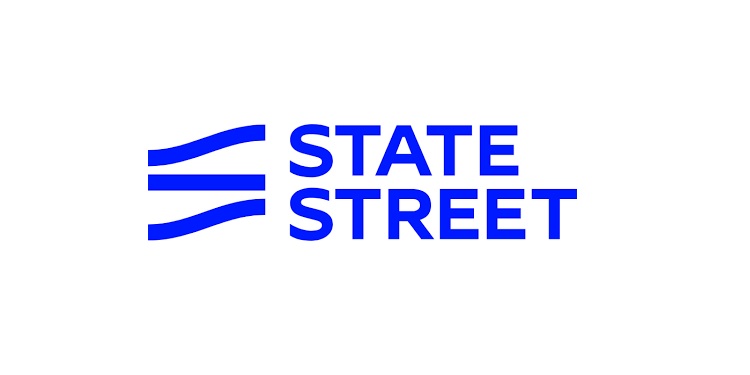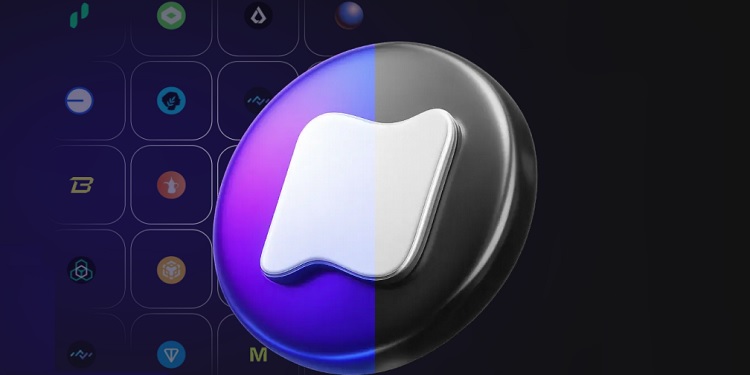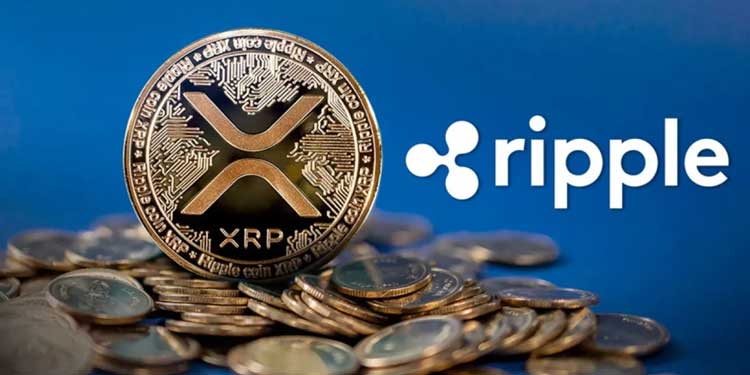dRPC has unveiled NodeHaus, a new platform aimed at simplifying the increasingly complex blockchain infrastructure landscape. The launch is positioned as a step forward in giving network operators more direct control over their decentralized ecosystems by providing advanced visibility and actionable insights into performance metrics.
Launched as an all-in-one RPC (Remote Procedure Call) infrastructure management solution, NodeHaus introduces a visually intuitive interface that allows blockchain teams to monitor their network health in real time. The company stated that the platform offers unique visibility across various regions, providers, and methods, enabling teams to assess and fine-tune performance more effectively.
Founded in 2022, dRPC has been focused on creating a decentralized RPC infrastructure that supports more than 90 blockchain networks. This infrastructure aims to improve network resilience while reducing latency, thereby accelerating the performance of decentralized applications (dApps) and services operating within these ecosystems. The team at dRPC identified a growing challenge in the fragmentation of the blockchain industry, where dozens of separate networks often struggle to communicate efficiently.
RPCs are the standard mechanism through which dApps, crypto wallets, and users interact with blockchain nodes. Whether it’s submitting transactions, initiating smart contracts, or generating new wallet addresses, RPCs serve as the vital communication layer that keeps decentralized systems running smoothly.
dRPC’s infrastructure has been designed to handle thousands of these RPC calls per second, a feature that allows it to deliver high performance and low latency across numerous networks. With the introduction of NodeHaus, the company is extending this capability into a visual, user-friendly platform that allows stakeholders to oversee the full blockchain infrastructure stack through a single interface.
Visibility, Optimization, and Automation in One Dashboard
NodeHaus includes an interactive dashboard that offers real-time data visualizations. Teams can see the network’s global reach through live maps, check the current health of their infrastructure, monitor traffic loads, and delve into in-depth performance analytics. These insights are intended to support dynamic adjustments in infrastructure, such as autoscaling and fine-tuning during periods of increased traffic.
The platform also features proactive alert systems to identify and respond to potential issues before they escalate. Through these tools, DevOps teams are expected to spend less time on troubleshooting and more time focused on innovation.
From a strategic standpoint, dRPC has positioned NodeHaus as filling a critical gap in the blockchain space. The platform is aimed specifically at blockchain foundations responsible not only for technical performance but also for broader ecosystem growth. By consolidating performance metrics and operational controls into a single interface, the solution is expected to inform more precise decision-making related to scaling, budgeting, and user experience.
During its beta phase, NodeHaus was adopted by early testers including the Zircuit Network. Feedback from this phase suggested that the platform helped infrastructure teams make data-backed decisions with greater confidence. dRPC has indicated that other prominent blockchain foundations have also expressed strong interest in the platform, though specific names were not disclosed.
NodeHaus is designed to serve both Layer-1 and Layer-2 networks, highlighting its broad applicability in the evolving Web3 space. By combining technical insight with operational simplicity, the platform aims to become a cornerstone tool for blockchain operators seeking to align infrastructure reliability with long-term strategic goals.

